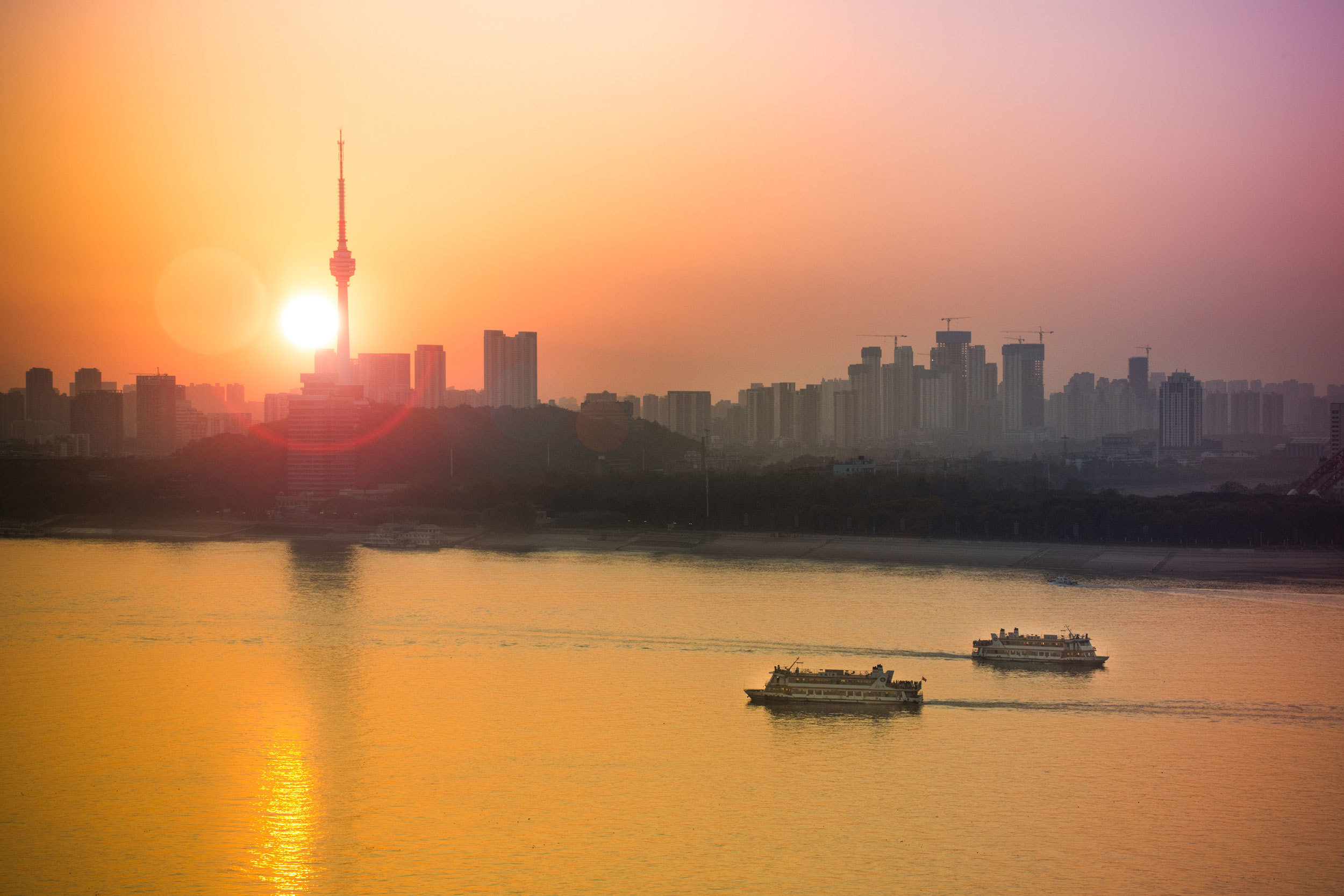December 16, 2020
Handcarts weave through narrow lanes, piled high with bales of fabric. Buyers and sellers haggle while breakfast noodles sizzle.
The bustle seems to be back in Qiaokou, Wuhan's garment district.
Back in January, this neighbourhood joined the rest of Wuhan in a lockdown that — at the time — was as unwanted as it was unprecedented. Stores were shuttered. Residents became jobless in an instant.
It was a desperate move by Chinese authorities to stop a mysterious new viral disease that was racing across this city in the country's southeast, bringing death and suffering to thousands. The lockdown would last 76 days and bring economic hardship to millions.
Ten months after the lockdown started, living and indeed making a living seem easy again. COVID-19 looks to have been conquered. Distancing is forgotten, face masks seem like relics from an unpleasant past. China's propaganda machine has declared victory in its "people's war" against the virus.
But venture deeper into the back streets, where tightly packed workshops churn out coats and dresses and seamstresses labour for a few dollars a day, and things don't look nearly as promising.
There are fewer garments to stitch and few customers to service. Too many of the stores and apartments Hu Weiyong rents out sit empty.
"Wuhan still seems like a dead city. It's like we pressed the pause button," said the 38-year-old businessman, shaking his head. "I can't even describe the fear. We're very afraid and still living in the shadow of COVID."
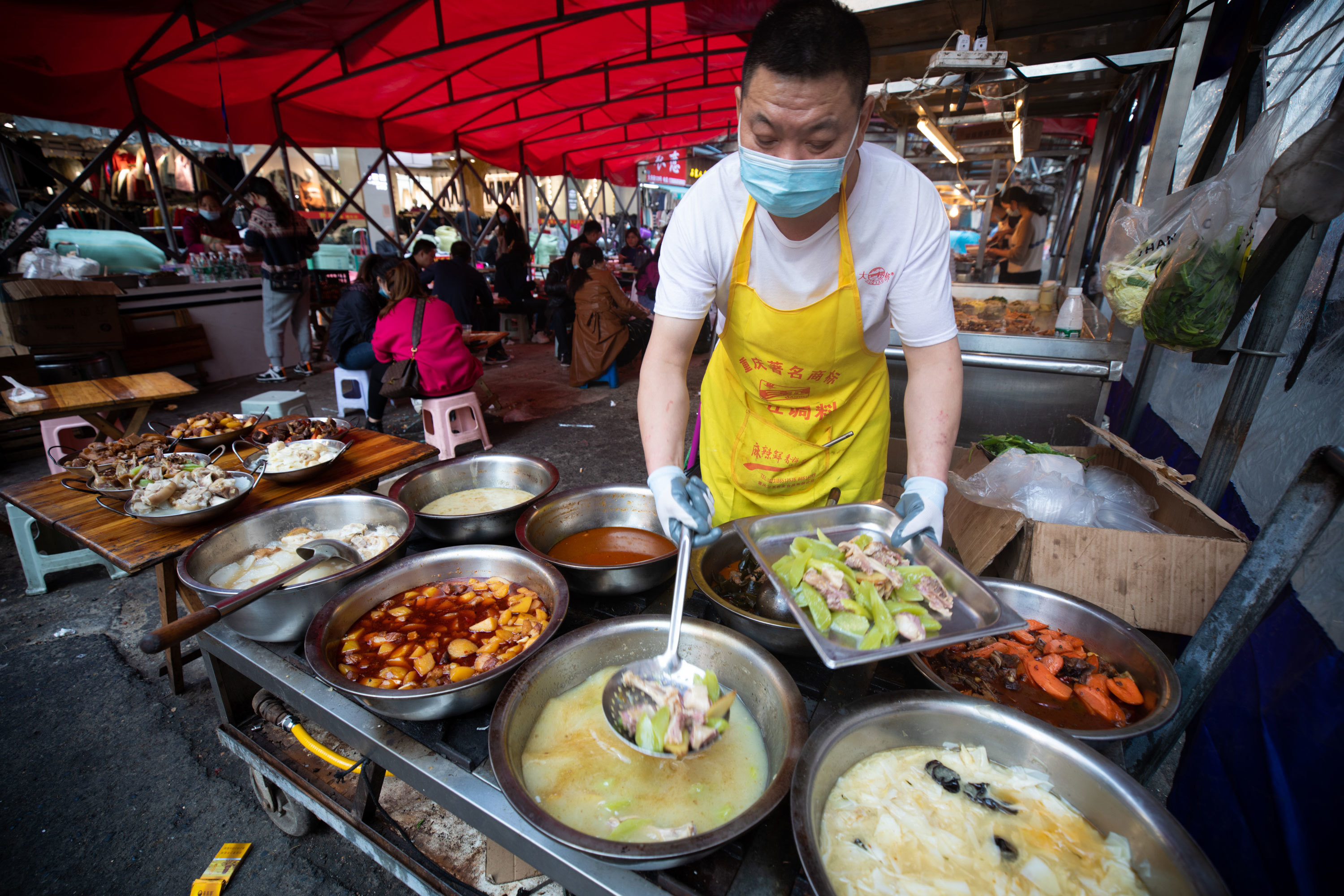
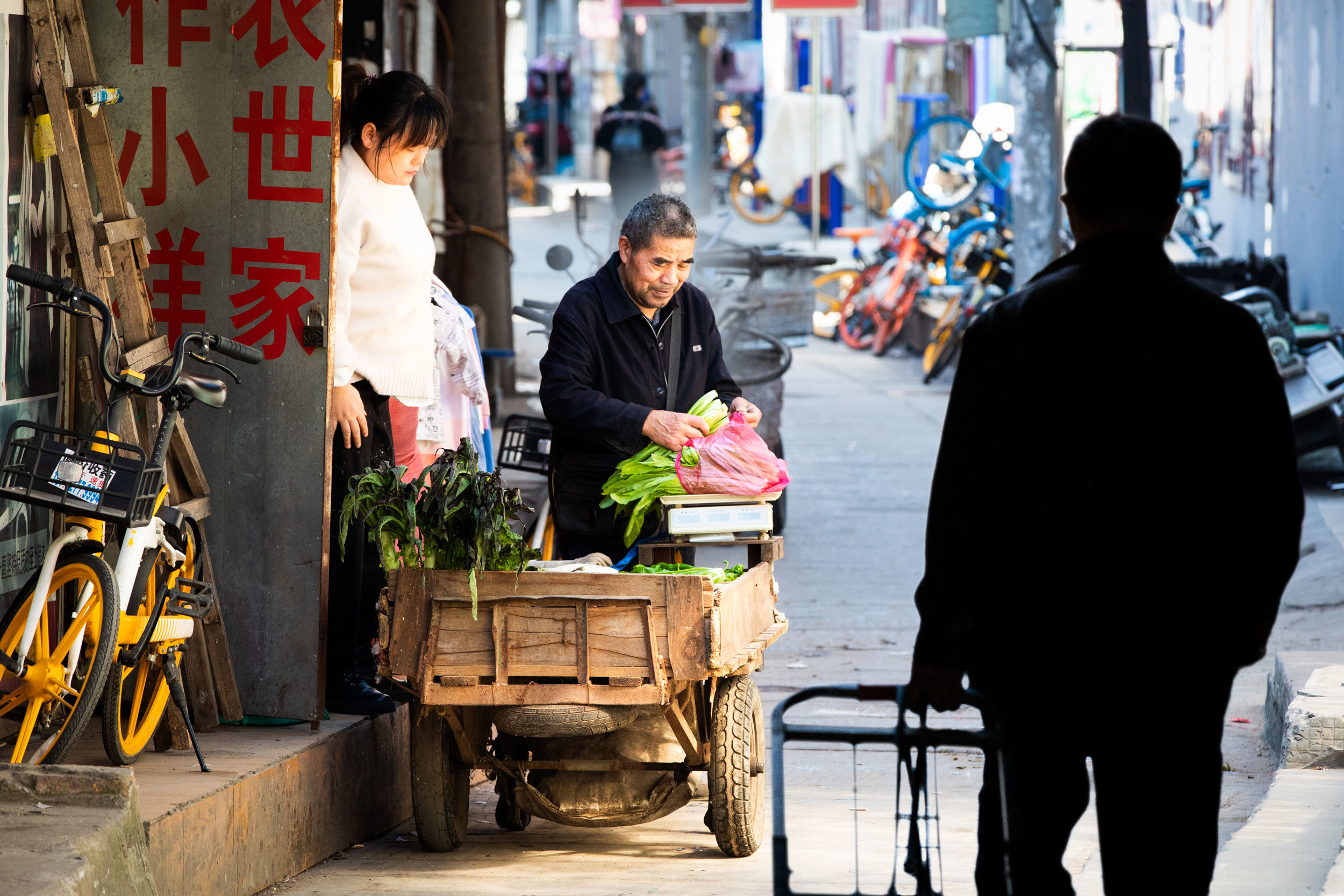
Indeed, the scars are everywhere, the tears just below the surface.
Lu Lihua sells belts and purses from a small kiosk squeezed between two vacant shops, the same place she has worked for more than 20 years.
"I just don't have the same passion for business I used to," she said, starting to cry. "I used to like selling and shopping. Now, I just want to make sure I stay alive."
Staying alive was Wuhan's challenge at the start of 2020, as the first place in the world to feel the full consequences of COVID-19.
Starting in late December and into January, the virus spread from the city's seafood market. No one knew what it was or even what to call it. But as it made its way across this Chinese metropolis of 11 million people on the Yangtze River, hospitals started to fill up. Doctors began to panic.
One of them — a 34-year-old ophthalmologist at Wuhan Central Hospital — noticed more and more patients showing up with a highly contagious viral pneumonia resembling Severe Acute Respiratory Syndrome (SARS). Dr. Li Wenliang sent a message in a chat group warning his medical colleagues about the outbreak and urging them to protect themselves.
Chinese authorities censored his message. He was accused of "spreading rumours" and was silenced by police.
Li himself was later infected with COVID and died in February. After a public outcry, his reputation was officially rehabilitated and he was buried a hero for his efforts as a whistleblower.
But in the early days of COVID, the delay was deadly and the damage was done. While it's difficult to get reliable information on how many people died in January, one study concluded that if China had listened to Li and intervened even a week earlier, the number of deaths could have been reduced by 60 per cent.

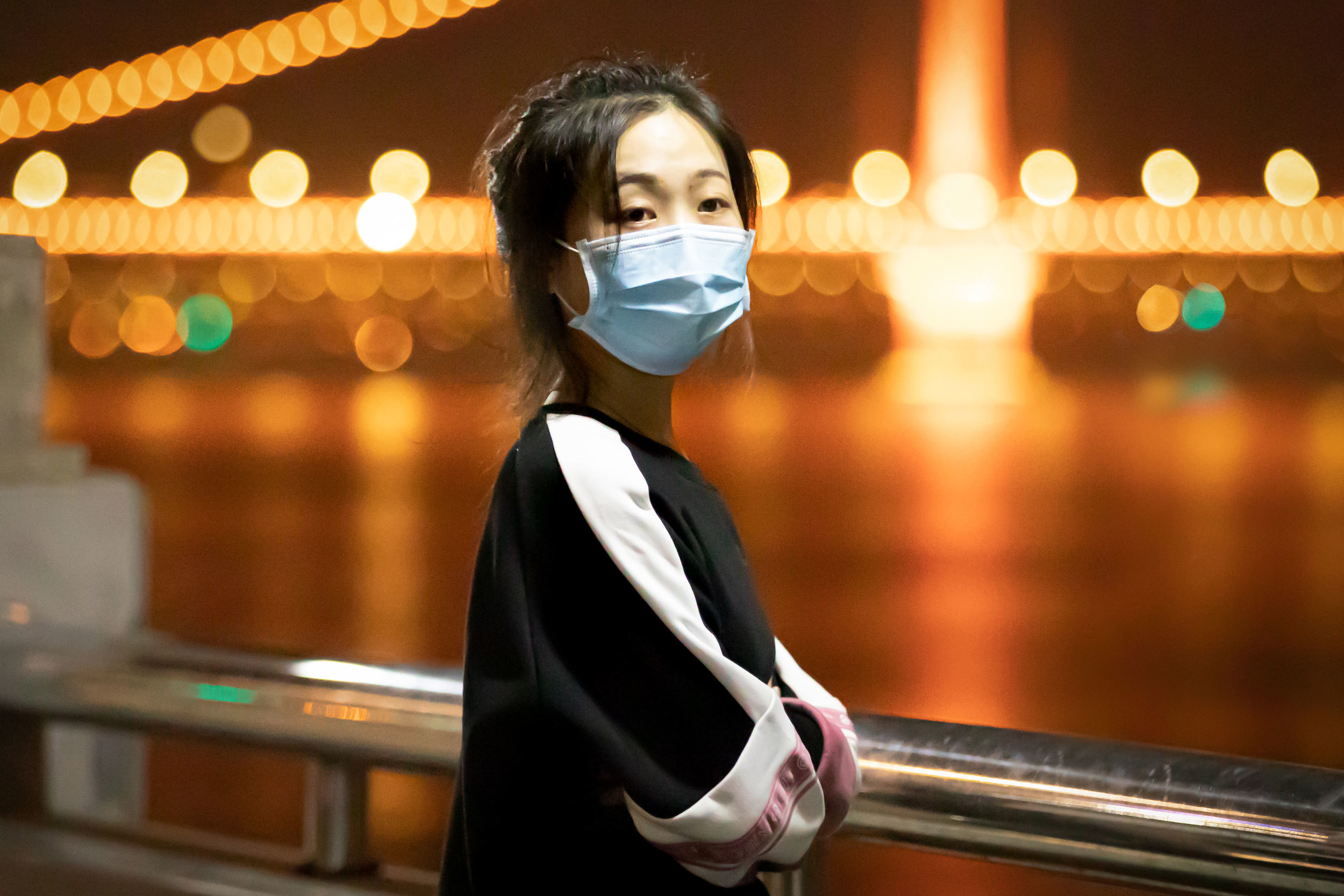
By Jan. 23, the situation got so dire it could no longer be ignored. On the eve of China's biggest national holiday, Lunar New Year, Beijing decided on a drastic move: to cut Wuhan off from the world. Roads were blocked, trains, planes and buses in and out of the city cancelled.
Within hours, people were ordered into their apartments. Police rounded up residents suspected of being sick. It's unclear where they were taken — possibly to hospital, though some families complained that they could not find them afterwards. Others complained of being imprisoned at home — in some cases, with their doors welded shut. Drones with loudspeakers admonished people seen outside or without masks.
There were shortages of food and medical care, and front-line hospital staff dealing with COVID-19 patients were forced to improvise with raincoats and scarves in lieu of professional protective gear.
At the time, it all seemed so draconian — the kind of thing only a dictatorship like China might do.
But there was reason to panic: grim scenes of body bags being carried out of apartment buildings and hundreds of them piling up outside hospitals. Patients lined up in the hallways of clinics and emergency wards, their relatives pleading for help.
Today, few in Wuhan dare criticize the regime publicly for its late response or harsh measures. To call it a "nightmare" out loud — as they do in private whispers — risks a visit from the police. Those who do agree to interviews about the lockdown are quick to credit it for Wuhan's recovery.
"During the period, I [thought], it's not worth it," said Julie Hu, an English teacher. "We lost jobs and we suffered. Many families are poor and they had no money to buy food and goods."
But she said things have now improved.
"After that, though, I think it's worth it, because the coronavirus nearly disappeared in our country. So you in foreign countries should do as we did."
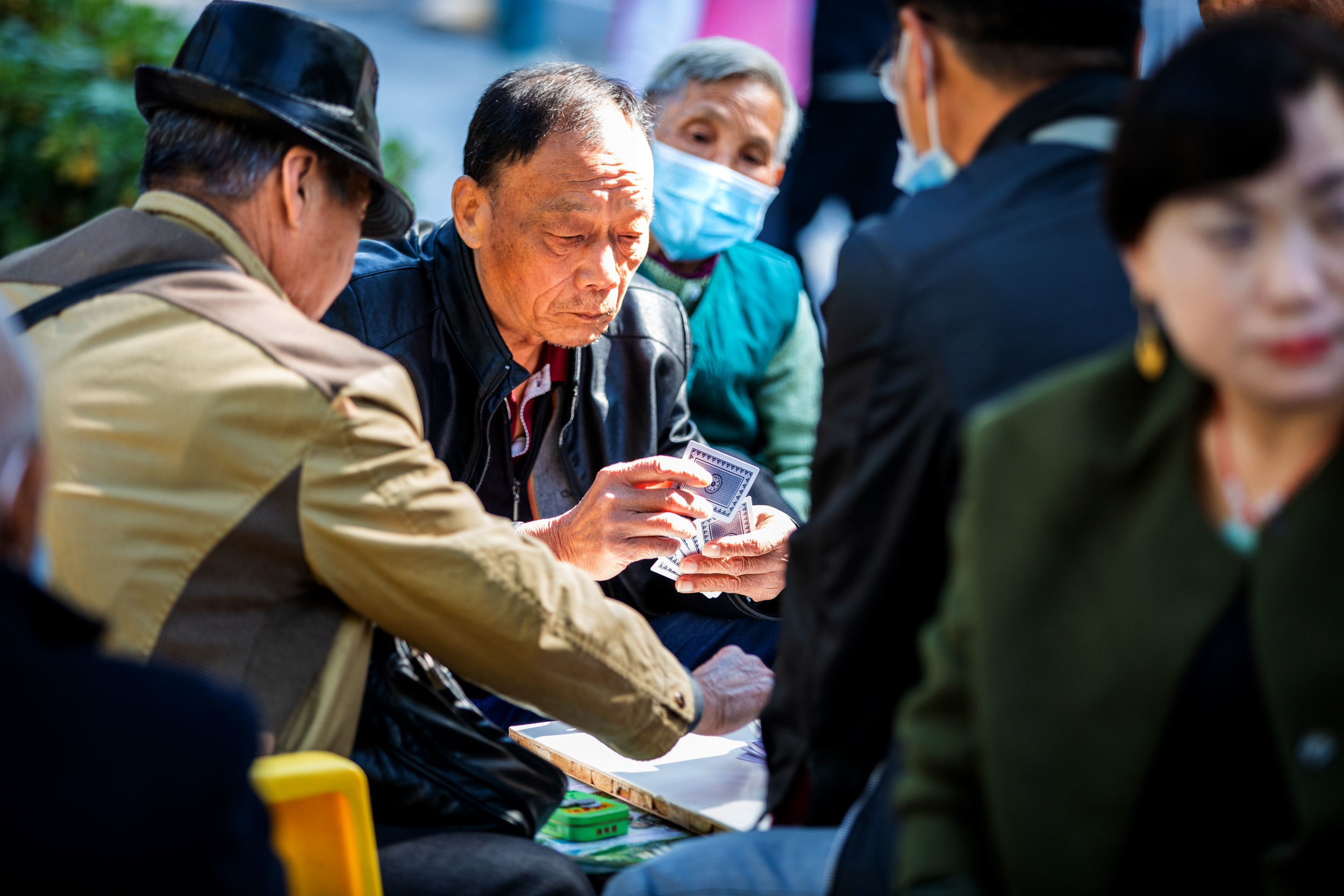
Officially in Wuhan, the number of dead from COVID-19 eventually neared 4,000, with more than 50,000 listed as infected. Foreign experts and politicians have questioned both numbers, saying they seem artificially low.
One of those 50,000 — and the first doctor to be infected — was Dr. Yu Changping, a 52-year-old respiratory specialist at Renmin Hospital at Wuhan University.
Yu was on the front lines back in mid-January when he developed a high fever and started feeling weak. He was hospitalized and put on oxygen, while rejecting a recommendation that he be admitted to the intensive care unit.
"It really began to hurt," he said in a series of videos posted online from his hospital bed. "I couldn't get up." For weeks he continued to send inspirational messages, becoming a star in China's state media as the doctor who was "too handsome to die."
"It will get better," he insisted at the time.
For Wuhan, he believes it has, Yu said last month in a rare conversation with foreign media. But he admitted his own recovery has been longer and tougher than he expected. It wiped him out for three and a half months, he told CBC while sitting in the back room of a Wuhan mah-jong parlour near his hospital.
"I was very weak after I got sick. It was life-threatening," Yu said. "I lost some 15 kilograms [more than 30 pounds]."
He also admitted that "as a doctor, I learned a lot." For instance, how the long-term impact of COVID-19 on the lungs is much greater than he realized at the time. "Even now, I have trouble breathing if I exert myself," he said.
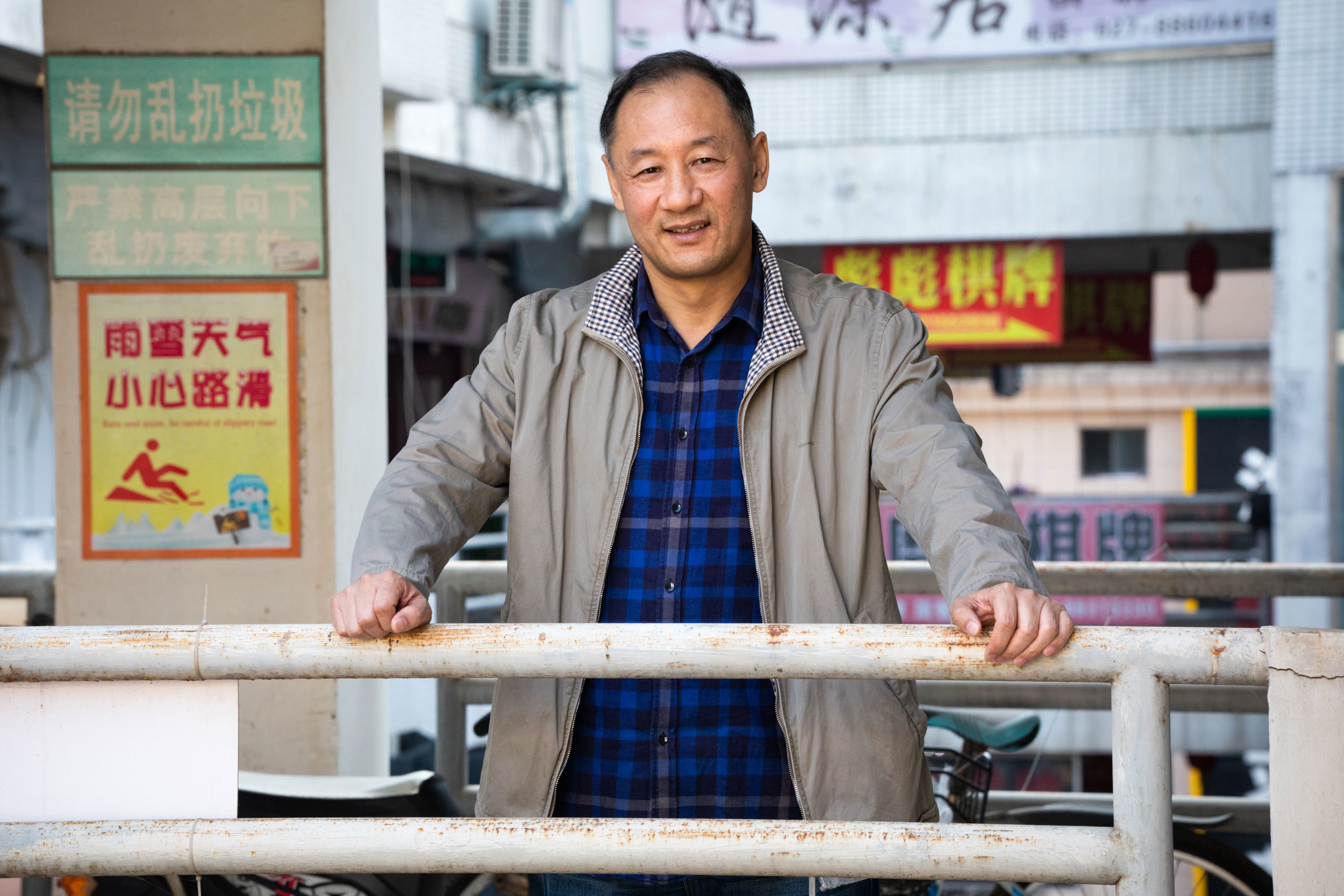
Yu remains a vocal supporter of Beijing's actions in dealing with COVID, but his voice quietened to express a rare condemnation: officials were "slow" to respond initially.
"The government was not aware of the problem," he said. "It did not realize the seriousness since, after all, there were very few cases at the start."
Yu also criticized the way Beijing censored his front-line colleague Dr. Li Wenliang. "I don't agree with the government's punishment," Yu said. "He had no fault, but the government had little experience in dealing with such matters."
Still, Yu saved his biggest denunciation for the way the West has dealt with COVID, criticizing its lax lockdowns with "fake closed cities" and people's unreasonable demands for personal freedom.
"Other countries can't do what we did," he said. "No country has such a strong government as China, and the people of other countries are not as co-operative as the Chinese people. They are more concerned about their own freedom, ignoring the overall problem."
While North America and Europe struggle with second and even third waves of COVID outbreaks, Wuhan — like most of China — seems to have moved on.
Officially, there hasn't been a single locally transmitted case here in months. In May, a small cluster of infections in one housing compound triggered a massive drive to test the whole city. In less than 20 days, some 10 million people were tested, a process that identified 300 asymptomatic cases and found no further infections among those who had contact with them.
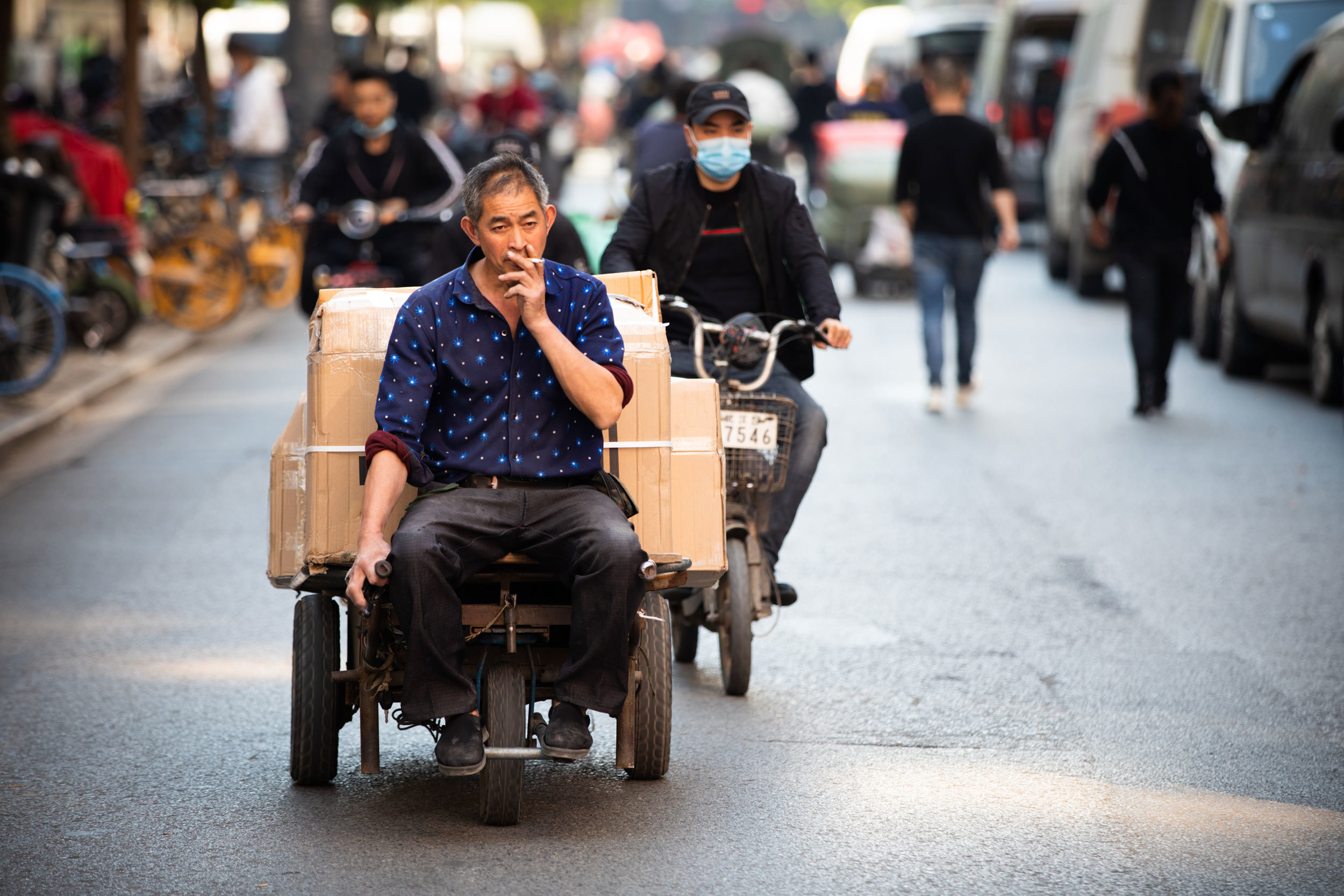
After early missteps, China has based its whole approach to dealing with COVID on measures like the ones taken in Wuhan, which is home to 80 per cent of the country's deaths from the virus.
Lockdowns and other neighbourhood isolation measures have been implemented whenever cases emerge, though few other cities have had to face the strict methods used in Wuhan. When medical facilities have overflowed, China has built so-called "instant hospitals."
Meanwhile, domestic factories have been redirected to alleviate initial shortages of supplies and equipment, which quickly became a "supercharged" export and a driver of the country's unexpectedly strong economic rebound. In November, China exported 21 per cent more goods than it did a year ago, the strongest showing since 2011. Some of these plants producing masks and parts for ventilators sit in Wuhan's industrial parks.
Everyone in China now has to install an app on their phone that shows a green, yellow or red reading based on his or her up-to-the-minute health status designation. The app is connected to a central government database that tracks users as they move around the country. It traces their movements through regions and neighbourhoods where outbreaks have been reported, their contact with anyone who has been infected, as well as the user's latest test results.
Getting on the subway or a train, entering a mall or government building or even your own housing complex is often only possible after earning a "healthy" reading.
With these measures in place, and behind barriers that make it difficult for outsiders to enter China, daily life in Wuhan has returned to near-normal.
"I feel Wuhan is the safest [city] in the whole country now," said Zheng Ching, who runs a café near trendy Lihuangpi Road. "We have survived, and we've been given the chance to lead a good life. We have to cherish that."
Like many here, Zheng said she is aware of the challenges the rest of the world faces. For all the hardships it has experienced, she said, "Wuhan is lucky."
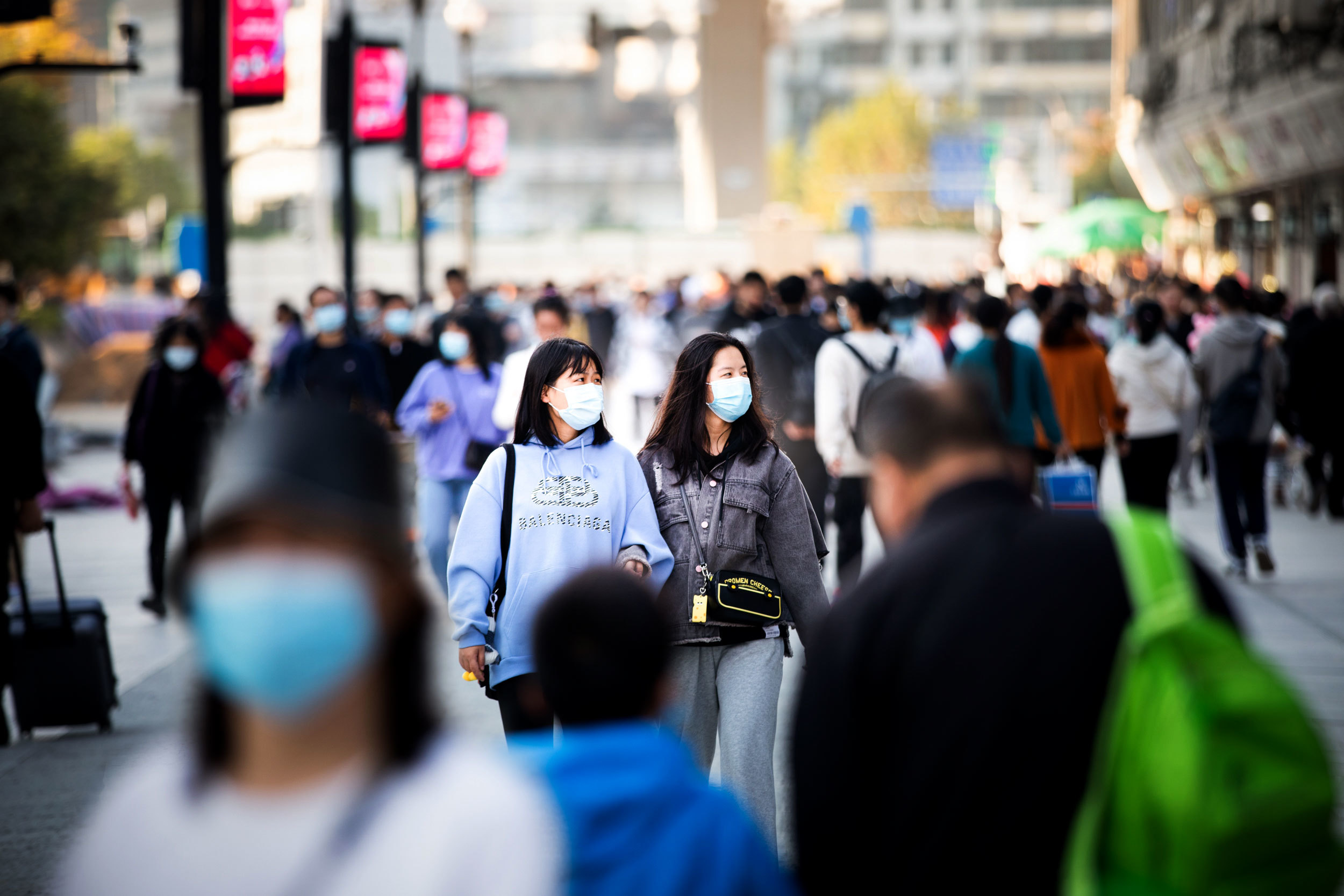
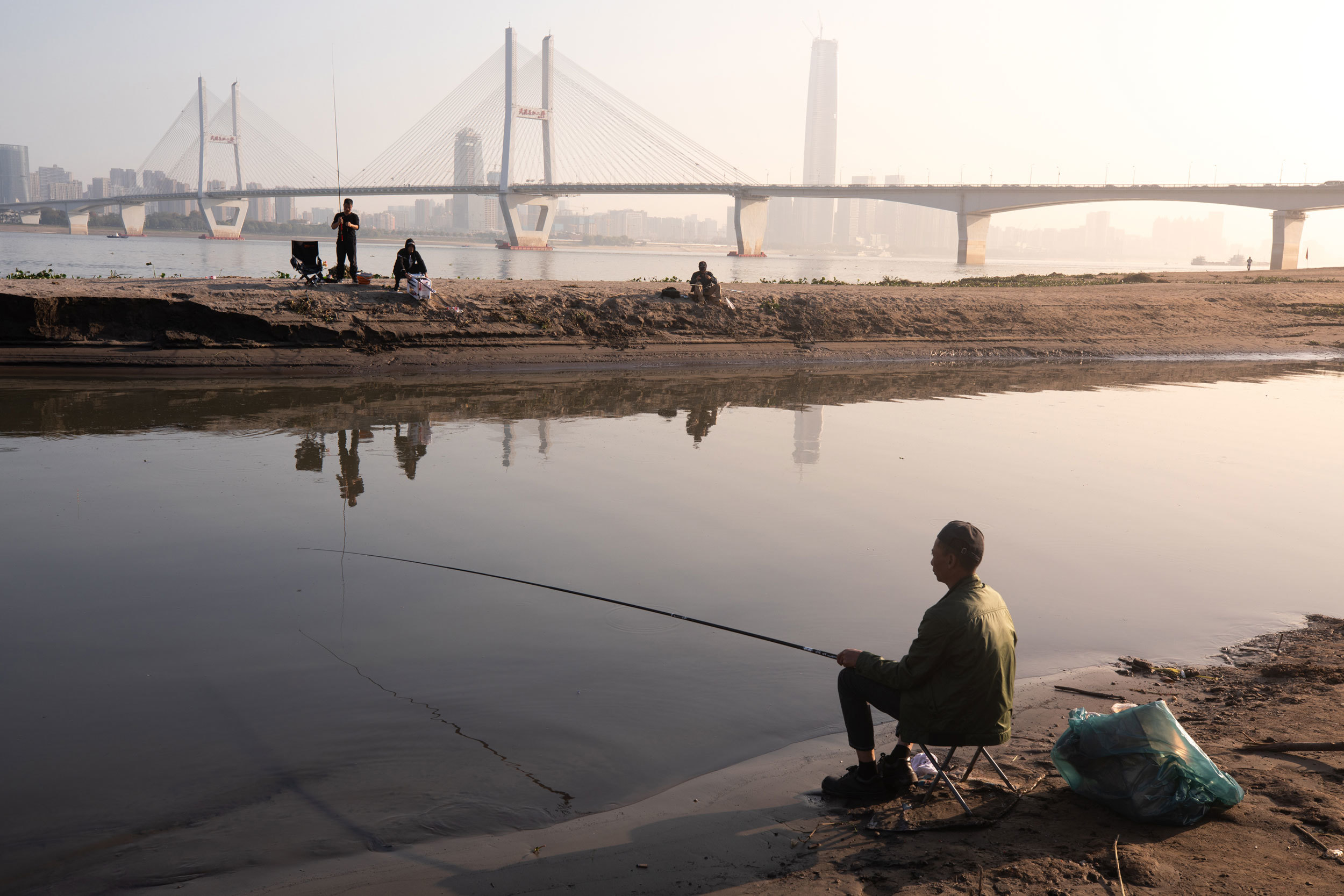
These days, fishers spend lazy afternoons on the banks of the Yangtze River, laughing and joking with hardly a mask in sight. Shoppers throng downtown commercial districts on busy Saturdays. Official numbers suggest the city's economy is slowly rebounding.
Consumers aren't buying as much as they did before COVID, but confidence — and spending — is returning, spurred on by government-issued shopping coupons.
On Jianghan shopping street, people stand shoulder to shoulder in crowded lines for restaurants and ice cream stands, enjoying a taste of freedom regained.
Still, the human cost remains high. Sitting outside a hospital coffee shop recently, Xie Shouli scrolled through photos and videos on her phone. The man on the screen seemed more frail with every frame. It was her husband, Gu Xiangpeng, a 69-year-old musician.
Back in January, on the night Wuhan's lockdown started, Gu collapsed at home with a high fever. His wife went from hospital to hospital trying to have him admitted, finally finding one that wasn't already full. Doctors took one look and sent him straight into ICU. He had COVID.
"I had heard all the horror stories about COVID," 65-year-old Xie said. "I was so sad and afraid."
The nurse handed Xie her husband's clothes and wheeled him away. It was the last time she would see him for more than two months. Remembering that moment, Xie sipped her tea and started to cry.
"I was sending him [text] messages, even though I knew he couldn't read them or reply. I needed to pour out my feelings and ease my anxiety," she said. "I needed to tell him that I loved him."
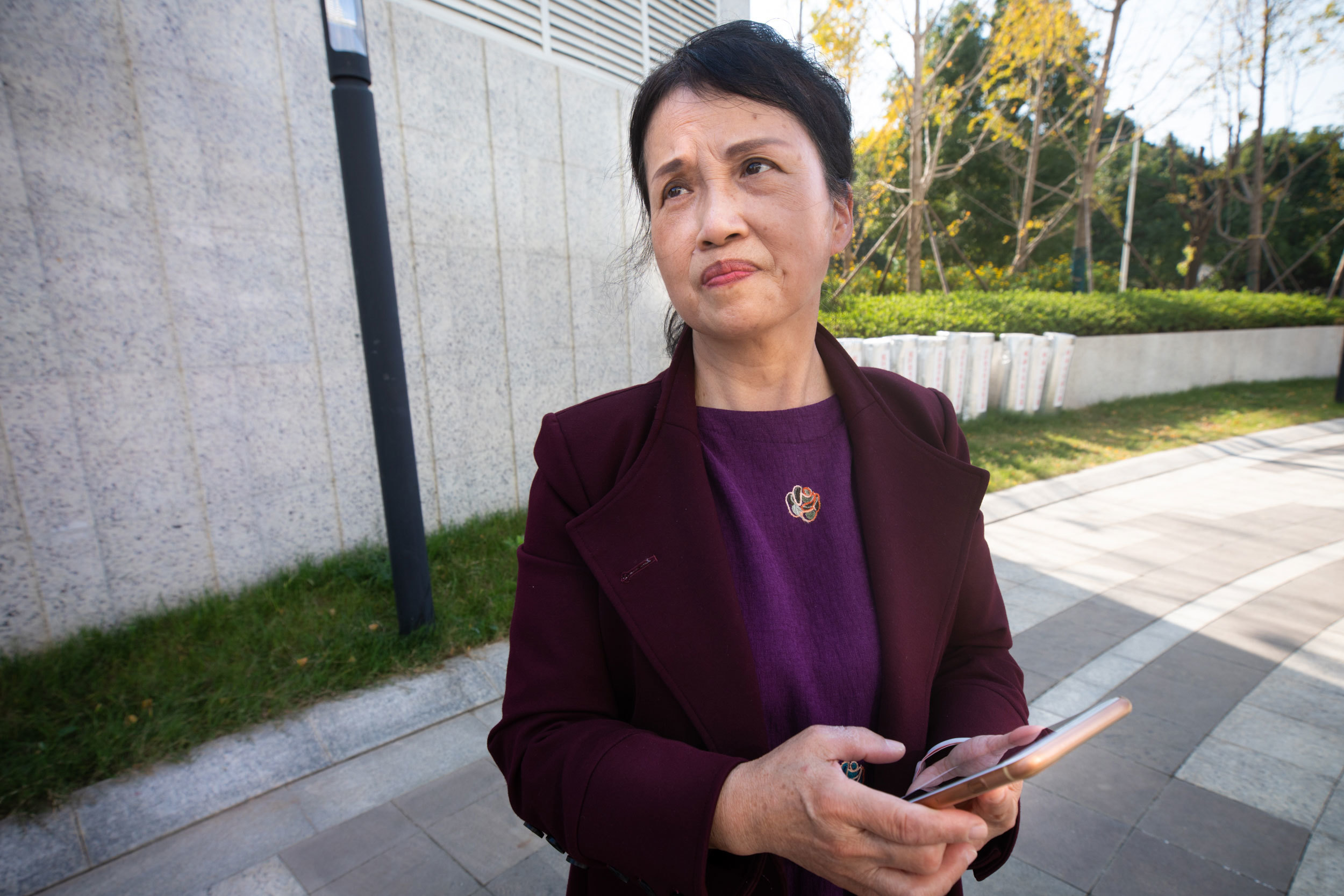
Shortly after, Xie herself was diagnosed with COVID-19 and admitted to a different hospital. Out of touch with each other, the two were shuttled separately from one facility to another as the system tried to accommodate a flood of patients.
Some seven weeks later, Xie recovered. Gu is still on a ventilator, drifting in and out of consciousness.
"I'm not sure if he's awake or not," Xie said. "He blinks sometimes when I call him, and sometimes I see his tears."
Xie now spends her days in his hospital room, uncertain if he will survive.
"My life has changed completely," she said. "I look online and I don't even want to see my friends' happiness, because I don't have any myself.... COVID has taken our plans and dreams."
That sadness hangs over Wuhan.
People know the city's name has become synonymous with the pandemic the world over. They've watched U.S. attempts to label COVID-19 as the "Wuhan virus." They've seen unproven conspiracy theories promoted by President Donald Trump trying to connect the coronavirus to a Chinese government laboratory on Wuhan's outskirts, claims that have been refuted by U.S. intelligence officials.
The city's residents have also experienced a "stigma" within China itself, said businessman Hu Weiyong.
"We've been discriminated against in the whole country, and even the whole world," he said. "It's unfair. We sacrificed our freedom."
Overwhelmingly, however, there is relief in Wuhan and a determination to move on.
The old seafood market that was linked to the initial outbreak has been closed, sealed off and hidden behind a wall of artwork and potted plants. Police patrol the area, shooing away foreign journalists who come to take pictures.
Meanwhile, in Wuhan's crowded bars, people celebrate the end of tough times. On a recent Friday night, a group of men in their 20s toasted the end of the pandemic and celebrated their own good health. They feel like they've dodged death.
"Look, I can't say it was easy or that the government's methods were the best," said Li Tianyi. "But with no medicine or treatment, what choice was there?"
"What choice is there, even now?" added his friend.
They clinked glasses one more time — a kind of closure, they hoped, for a nightmare lockdown and a virus that seems to have left their lives.
